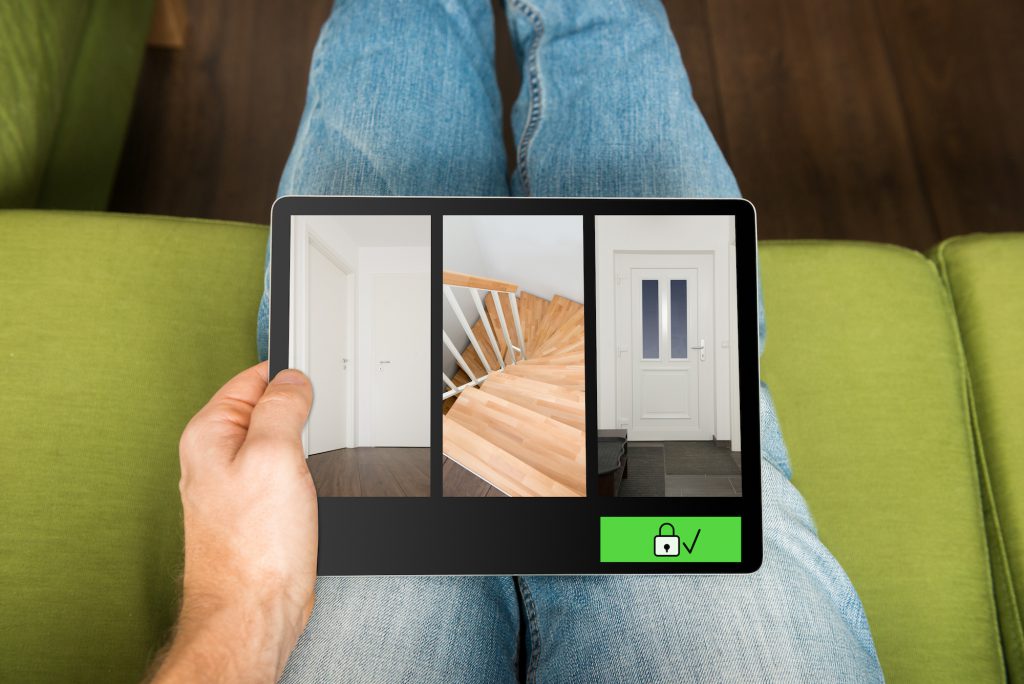By Lou Lenzi, FIDSA
The Consumer Technology Association predicted significant growth in the sales of smart home technologies last year, forecasting 29 million units shipped into the channel in 2017, an impressive 63 percent increase over 2016. Revenue forecasts were equally robust at $3.5 billion, a 57 percent increase over 2016.
Such dramatic growth forecasts have met with skepticism. Anyone even casually familiar with the category knows that smart home technologies have been with us for decades, with periodic industry attempts to drag the market from the hobbyist to the masses. This is not the first time a technology platform refused to go away while striving for broad commercial acceptance. Artificial intelligence and virtual reality come to mind. After a grand entrance decades ago, they both labored on in obscurity, recently enjoying a red-carpet style comeback through advancements in their supporting technologies.
So, is the Smart Home feeling like a real consumer business, or will it experience a flameout similar to 3D TV of a few years a back? Let’s start with that old and familiar mass-market requirement checklist, “the right product at the right price at the right place at the right time” and go from there.
The right product(s): check the box. There is a wealth of elegant, well-designed products in the mass market today. Regardless of the product type, from connected appliances and HVAC-related products, to lighting and security components, the industry has made huge investments in industrial design, engineering and manufacturing-quality to create a broad portfolio of clever hardware products that would be the envy of any market.
The right price: a qualified check in the box. This is a subjective call. On one hand, the underlying technology and product offer is an amazing value, but watch your neighbor’s face when presented with a $49.99 price tag on an A19 smart light bulb. Clearly, the price curve is heading in the right direction and accelerating, but this piece of the equation is a half-check.
The right place: a big, bold check. The average consumer does not have to hunt for smart home tech. It’s everywhere, from prominent end-cap displays at all of the big-box retailers and DIY centers, to home improvement and office supply stores and online shopping sites.
The right time: check the box. The consumer readily identifies with the benefits of smart home technology, with sustainability, safety and security, and convenience – the clear winners in consumer research. Couple this interest with a resurgent housing market and homeowners investing in home improvement, and the outlook for smart home tech acceptance is encouraging.
With all of these boxes checked – readily available well-designed products, continually declining prices with recognizable consumer benefits – the category is poised for double-digit growth and mass-market acceptance. Perhaps. An argument can be made that smart home tech will only take hold when it delivers a comprehensive, connected experience that integrates all of the above consumer benefits seamlessly, effortlessly and economically.

Like their predecessor offerings, many of today’s product offers address each consumer benefit in a piecemeal fashion or with a building-block metaphor – think “starter kits” in order to persuade skeptical consumers. Some companies deploy connected technologies to optimize a certain function, independent of the larger possibilities. For example, some manufacturers are leaning heavily into connectivity for product maintenance, with remote diagnostics and over-the-air firmware updates to reduce service costs. Other manufacturers are installing connected sensors to monitor and replenish consumables through a built-in backend fulfillment function. Others focus on energy consumption by actively monitoring energy usage patterns and automatically making adjustments based on these patterns. In some cases, remote appliance control capabilities enable the local utility company to balance peak power demand on the grid. Still others envision a machine-to-machine network, allowing devices and other end-points on the home network the ability to communicate and control functionality between machines. One appliance manufacturer for example links their connected cooking products to a smart smoke detector, enabling it to turn the oven off in case it detects excessive smoke.
These are all wonderful and useful examples of smart connected products. However, a smart home ecosystem that elegantly integrates all of the functions of home automation and control, whole-home monitoring, device diagnostics and maintenance, machine-to-machine connectivity, energy management, automated goods fulfillment and even health and wellness, will lead to mass market acceptance and unlock its economic rewards.
While we understand the consumer’s desired outcomes – sustainability, safety and security and convenience – what is needed to deliver those benefits is a multi-networked, multi-device ecosystem built on a comprehensive human-machine interface (HMI) strategy and related design system. By beginning with an understanding of the end user’s behaviors and attitudes towards home technology and network integration, innovative design solutions based on this behavioral view of the smart home will emerge. This may include a mix of user interface technologies including voice, gestural and haptic controls, along with prescriptive and predictive data analytics, peer-to-peer machine learning techniques and new information services integrated into the home network. The potential for new and unimagined business opportunities and business models will also emerge from this process.
By employing these human-centered design principles in the development of smart home technologies and services, we will not only ensure broad homeowner acceptance of the overall system and its economic benefits, we will arrive at our final destination, mass adoption of the smart home.
Lou Lenzi retired as Design Director at GE Appliances last July. He is a member of the Academy of Fellows of the Industrial Design Society of America (IDSA) and is Professor of Practice in the Department of Human-Centered Computing at Indiana University’s School of Informatics and Computing.
This article first appeared in the May 1, 2017 issue of Appliance Design. It is republished with permission.



